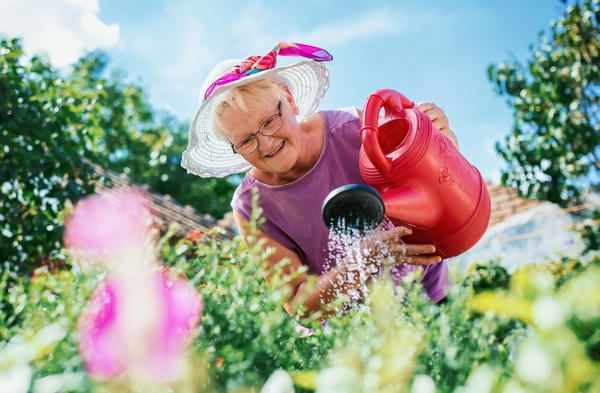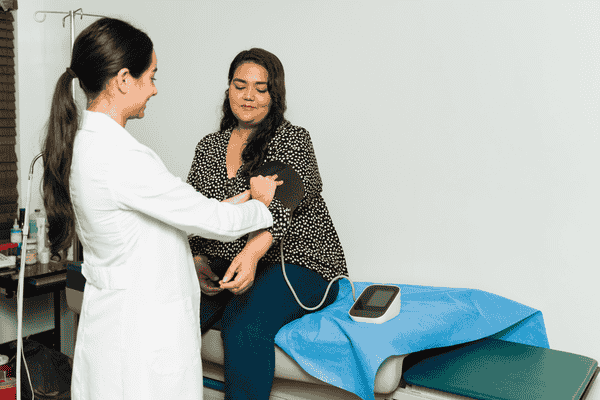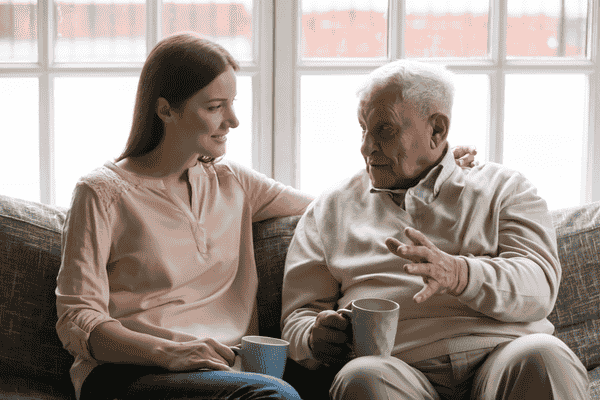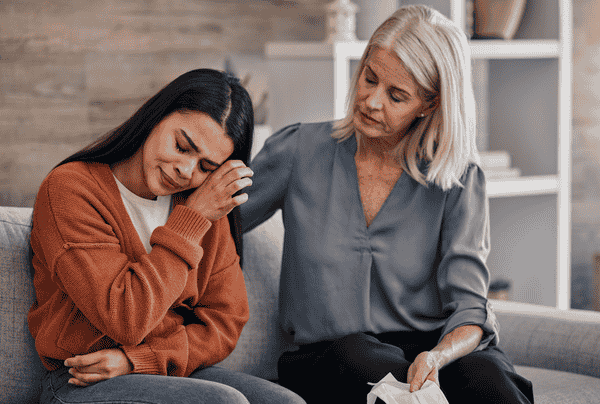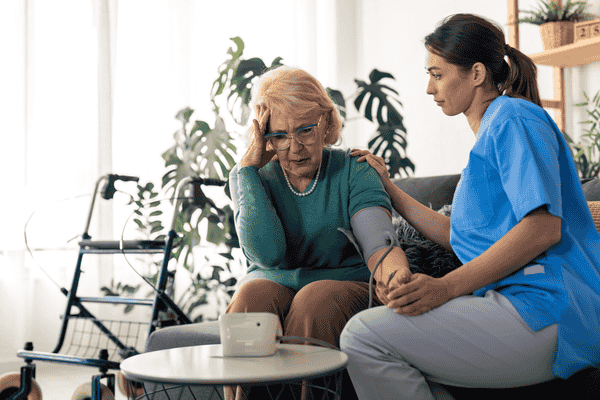Are sweltering temperatures a cause for concern when it comes to the well-being of our beloved seniors? Picture this: a scorching summer day, the sun blazing in all its glory. As the mercury rises, so do the potential risks posed to older adults. Heat-related illnesses can sneak up like an unwelcome guest, putting seniors at higher vulnerability levels. But fret not, for our comprehensive guide on ‘Senior Safety in Hot Weather’ is here to arm you with the knowledge and strategies needed to keep your aging loved ones safe and healthy during the sweltering season.
Unpacking the Impact of Heat on Older Adults’ Health
Imagine Mary, an active and spirited 75-year-old, who loves tending to her garden. One particularly hot summer afternoon, as she carefully watered her blooming flowers, Mary began to feel dizzy. She brushed it off, thinking it was just the exertion. Little did she know, she was experiencing the early signs of heat-related illness. Older adults like Mary are more susceptible to heat because their bodies don’t adjust as well to sudden temperature changes. Additionally, chronic conditions and certain medications can impair their ability to regulate body temperature.
The Signs of Dehydration
Recognizing the signs of dehydration in older adults is crucial in ensuring Senior Safety during hot weather. Here are key symptoms and signs to watch out for:
- Thirst: Seniors may experience a reduced thirst sensation, making them less likely to drink enough fluids.
- Dry mouth and lips: Dehydration can cause dryness in the mouth and cracked lips.
- Dark urine: Urine color is a good indicator of hydration status. Dark yellow or amber-colored urine may indicate dehydration.
- Fatigue and weakness: Lack of fluids can lead to fatigue, weakness, and decreased energy levels.
- Dizziness and confusion: Dehydration can cause lightheadedness, dizziness, and difficulty focusing or thinking clearly.
- Dry skin: Skin may feel dry to the touch and lose elasticity when dehydrated.
- Headaches: Dehydration can trigger headaches and migraines in older adults.
Imagine Mary again, who later that evening felt unusually tired and weak. She noticed her skin was dry and her lips were cracked. Her daughter, Sarah, who had read about dehydration symptoms, quickly recognized what was happening. She urged Mary to drink water and provided her with a sports drink rich in electrolytes. If Sarah hadn’t been vigilant, Mary’s condition could have worsened.
Golden Tips and Preventive Measures
To prevent such situations, here are some golden tips and preventive measures to ensure Senior safety stay cool and hydrated:
- Encourage regular hydration: Seniors should drink water throughout the day, even if they don’t feel thirsty. Fluids like water, fruit juices, and sports drinks can help maintain hydration levels.
- Dress appropriately: Light-colored, loose-fitting clothing helps the body stay cool.
- Avoid peak sun hours: Plan outdoor activities during the cooler parts of the day, like early morning or late evening.
- Use fans and air conditioning: Keep living spaces cool with fans, air conditioning, or cool showers.
- Create a hydration schedule: Setting reminders or using hydration apps can help seniors remember to drink fluids regularly.
- Monitor health conditions: Be aware of any medications that might affect hydration and consult a healthcare provider for guidance.
Understanding Heat-Related Illnesses in the Elderly
Heat-related illnesses can range from mild to severe, with heat stroke being the most dangerous. Imagine John, an 80-year-old who enjoyed his daily walks. One day, he returned from his walk feeling unusually hot and tired. He dismissed it as fatigue, but his wife noticed his flushed face and rapid breathing. Recognizing the symptoms of heat stroke, she immediately called for medical help. Heat stroke occurs when the body’s internal temperature reaches 104 degrees Fahrenheit or higher, leading to organ damage and even death if untreated.
Heat Cramps
Heat cramps, the mildest form of heat-related illness, involve muscle spasms that result from excessive sweating and loss of electrolytes. Picture Rita, a 78-year-old, who loved her evening exercises. One summer evening, she felt her calf muscles cramp painfully. These cramps were her body’s way of signaling that she needed to replenish lost fluids and minerals.
Practical Guidelines and Resources for Caregivers
Caregivers play a crucial role in navigating hot weather with senior safety. Here are some practical guidelines and resources:
- Stay informed: Keep updated on weather forecasts and heat advisories.
- Create a cool environment: Ensure the senior’s living space is well-ventilated and cool. Use fans, air conditioning, and close blinds during peak sun hours.
- Plan indoor activities: Encourage indoor activities during the hottest parts of the day to reduce exposure to extreme heat.
- Monitor hydration: Regularly check on seniors to ensure they are drinking enough fluids.
- Recognize signs of distress: Be vigilant for symptoms of heat-related illnesses, and take prompt action if any signs appear.
- Educate and communicate: Discuss the importance of hydration and staying cool with the senior and their family members.
Conclusion
As we reflect on Mary, John, and Rita’s stories, it becomes clear that awareness and proactive measures are vital for safeguarding our seniors during hot weather. By understanding the impact of heat on older adults, recognizing signs of dehydration, and implementing preventive measures, we can ensure their safety and well-being. This comprehensive guide empowers caregivers and families to protect their loved ones from the dangers of the scorching sun. Remember, staying hydrated is vital for seniors’ overall health and well-being, especially during hot weather. Let’s make this summer a safe and enjoyable season for our cherished older family members.
